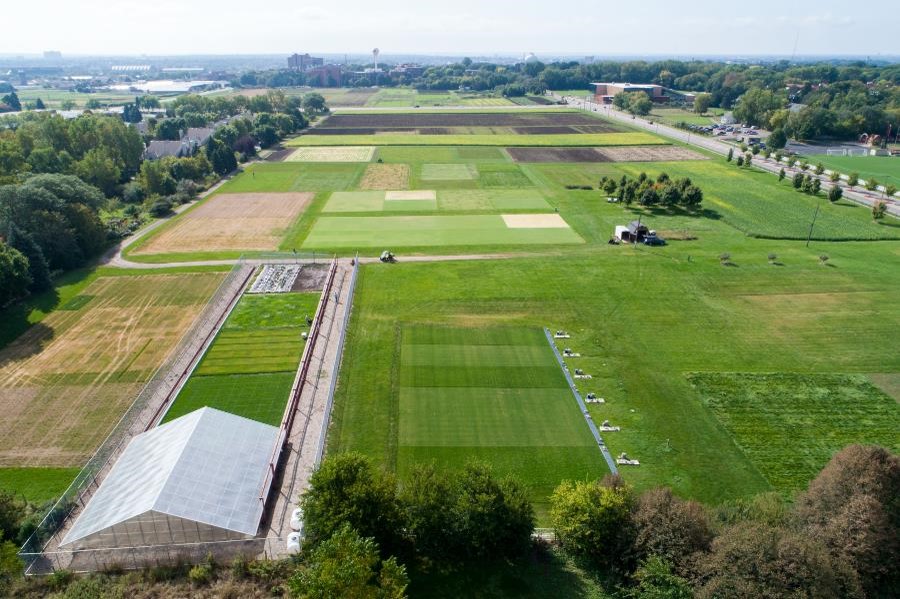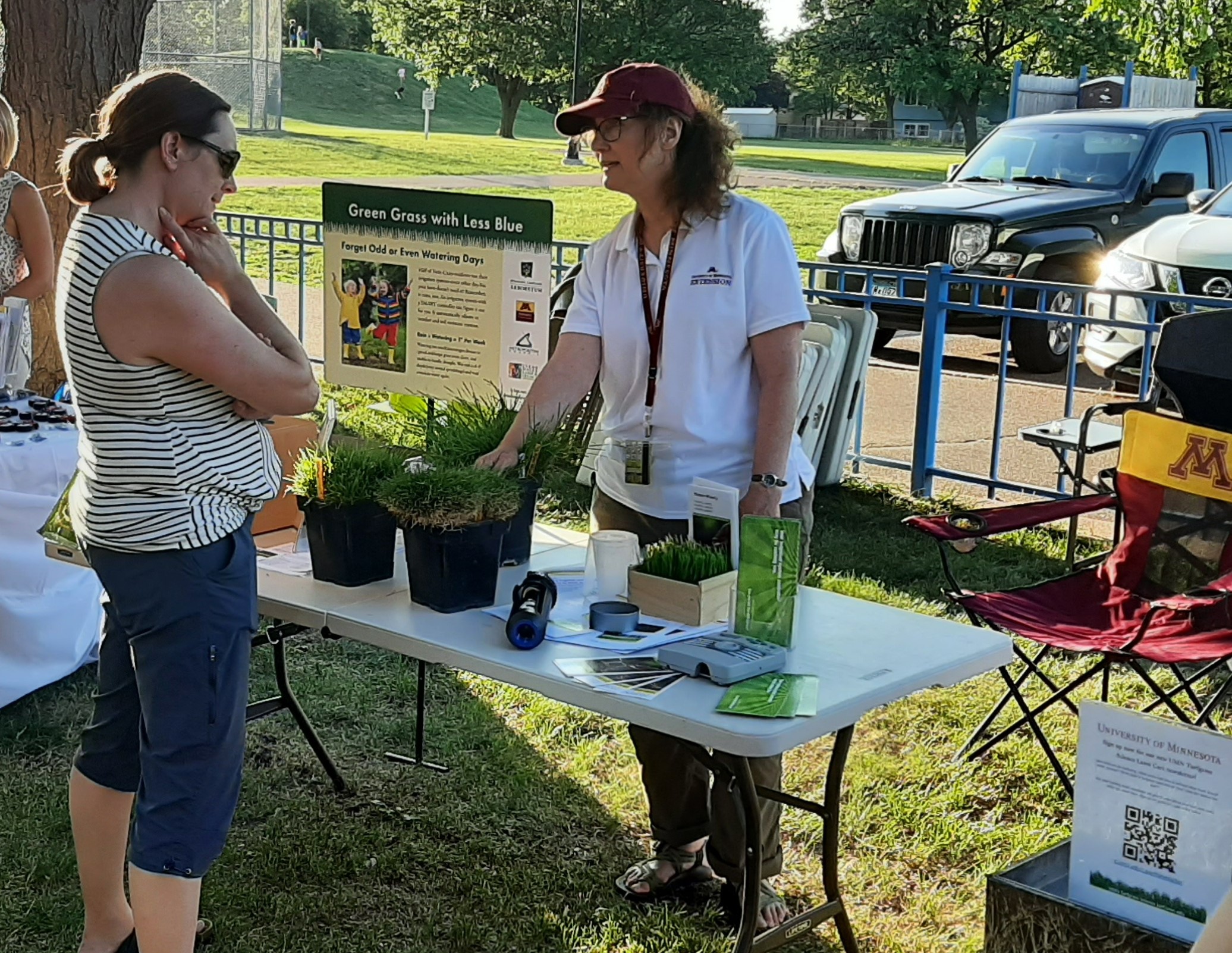Golf ball visibility in no mow fine fescue roughs
By Ryan Schwab
The establishment of no mow areas on golf courses is gaining popularity. In Minnesota, fine fescues are typically the species chosen due to their low-input characteristics. Fine fescues grow slowly, and they generally have low nutrient and water requirements, all of which saves golf course resources. They also may provide the desirable aesthetics of a waving pasture with gold-frosted seed heads, which is quite the contrast from the well-manicured playing surfaces of fairways and greens (Figure 1).
New research publication from our team - 1/22/21
Learn more about our research! A new research article from our group has been published in Landscape and Urban Planning. Brian Horgan, one of the co-authors, is formerly part of our Turfgrass Science group and this work was conducted while he was still at the University of Minnesota. In this paper, Eric Lonsdorf and co-authors analyzed the ecosystem services contributions of golf courses.
2020 Turf Trial Results are posted
By Eric Watkins
We have posted all 2020 turfgrass research plot data on our cultivar evaluation page for 2020. There are results posted from three types of trials.


